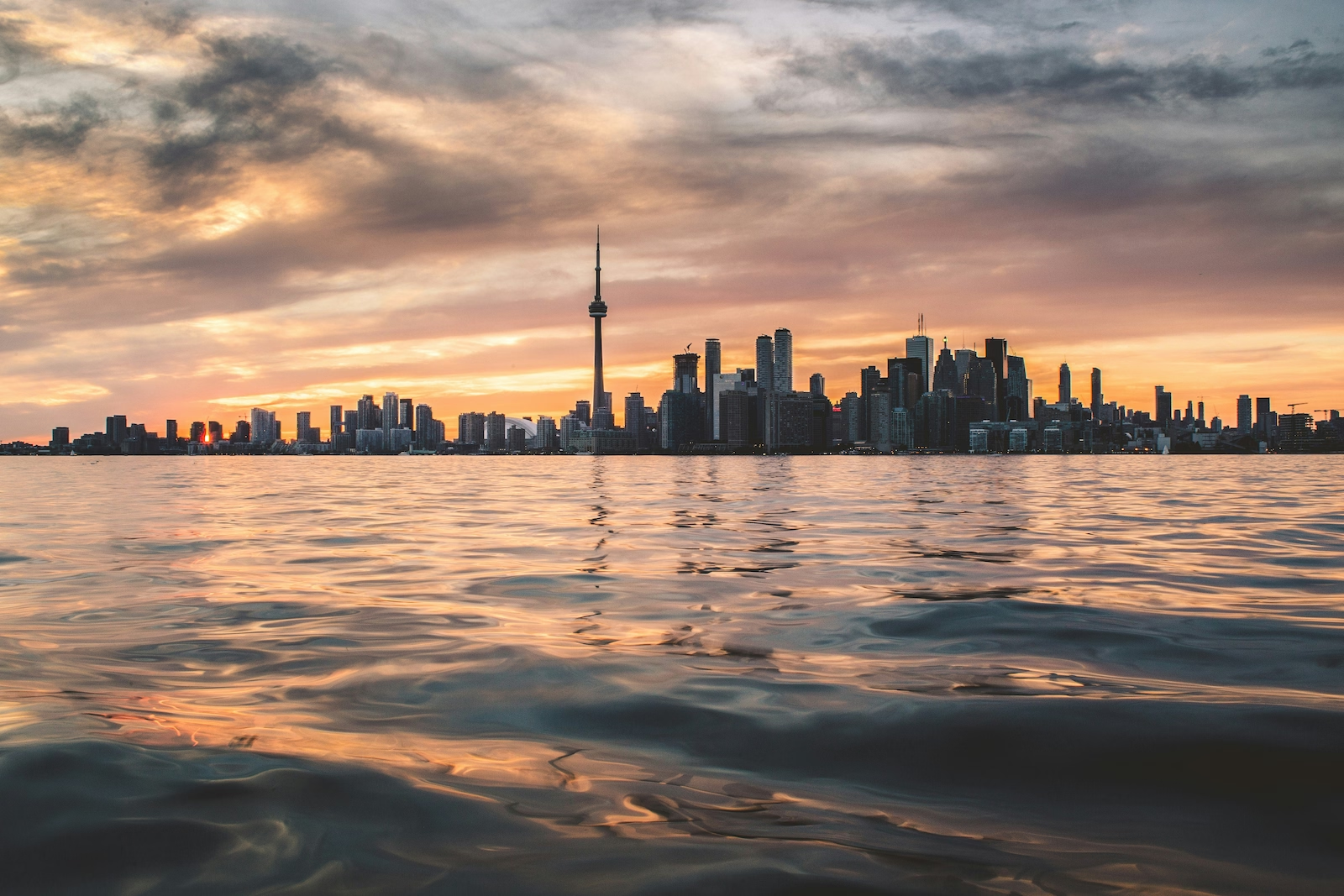Namibia’s Skeleton Coast is one of the planet’s most dramatic landscapes, where the Namib Desert meets the Atlantic Ocean. Famous for its shipwrecks, desert-adapted wildlife, and surreal scenery, it’s also packed with unique experiences. Here’s what to see and do along this extraordinary stretch of coastline.
Namibia Skeleton Coast Shipwrecks
The coastline earned its ominous name from the numerous shipwrecks scattered along its foggy shores. The Skeleton Coast gets its eerie name from three sources: whale bones from old whaling stations, shipwrecks lost to fog and currents, and animal skeletons that litter the desert. Today, this wild stretch is a protected national park where nature reigns supreme.
Tip: Visit at low tide when more wrecks become visible along the tidal flats.
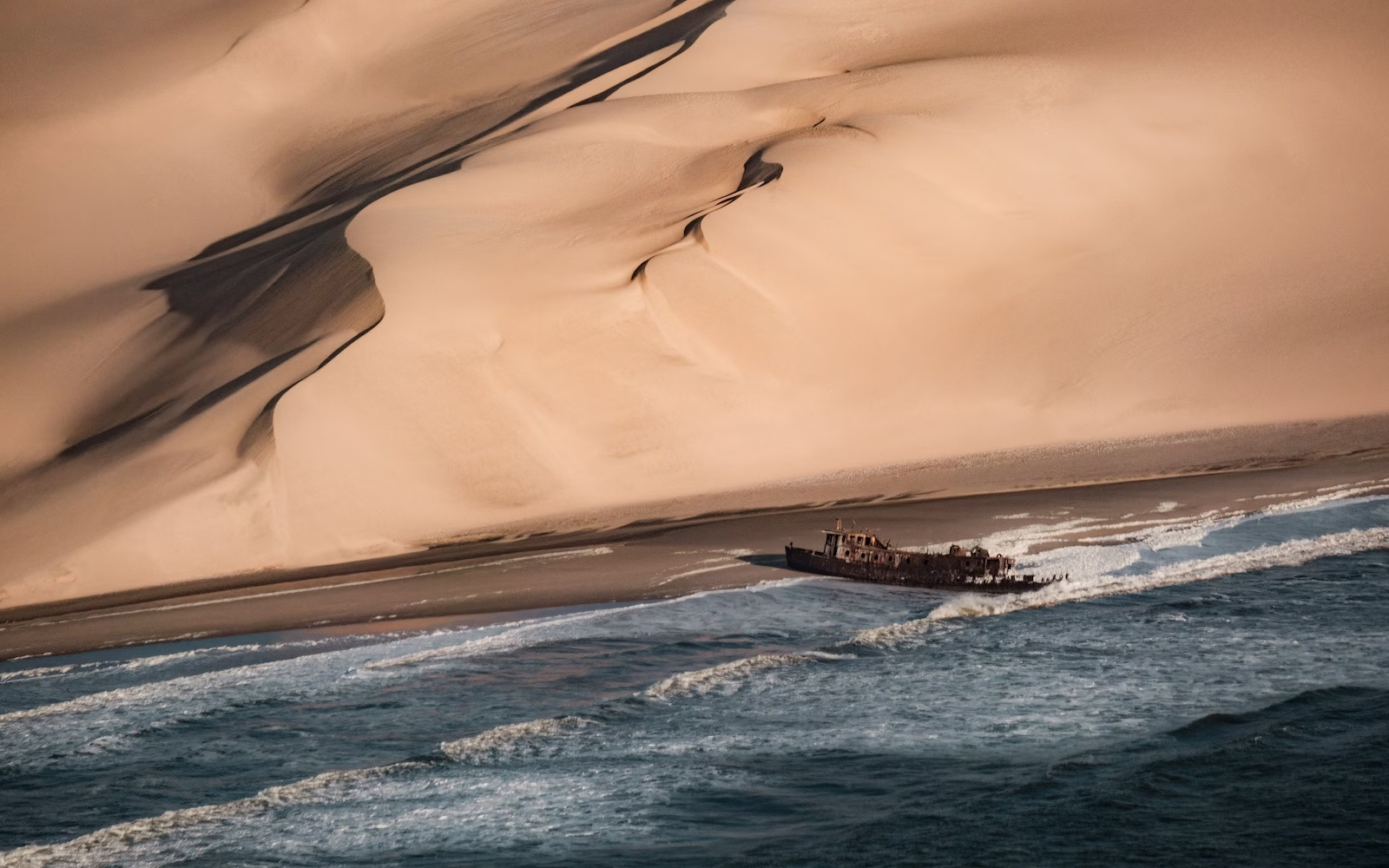
Namibia Skeleton Coast Shipwrecks: Graveyard of the Atlantic
Over 1,000 wrecks litter this coastline, with these being most accessible:
Eduard Bohlen (1909)
- A 310-foot cargo ship now stranded 1km inland
- Best photographed at sunset when rust glows red
Dunedin Star (1942)
- Famous WWII-era wreck with survivor camp remnants
- Requires a 4x4 and permit to visit
The South West Seal (1976)
- A modern fishing trawler wreck visible at low tide
- Home to seabirds and Cape fur seals
Fact: The cold Benguela Current causes dense fog for up to 180 days per year which historically disoriented sailors.
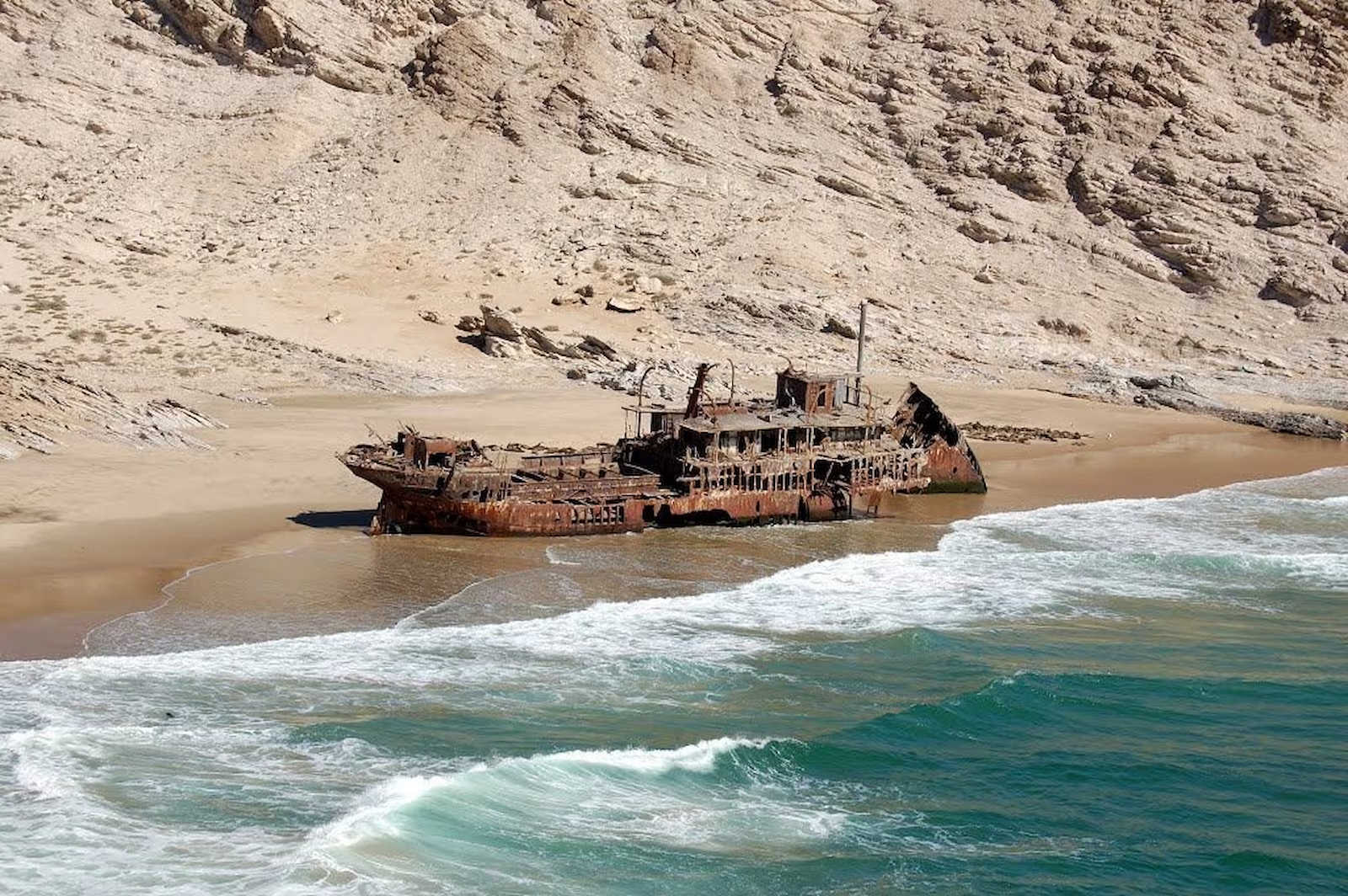
Sossusvlei Dunes Namibia: The World’s Tallest Sand Mountains
Just 60km inland from the Skeleton Coast lies the otherworldly landscape of Namib-Naukluft Park, home to some of the planet’s most spectacular dunes. These towering mountains of sand, shaped by relentless winds over millions of years, create a surreal panorama of curves and shadows that shift with the light. It's home to:
Big Daddy Dune
- At 325m, it’s taller than the Eiffel Tower’s tip.
- Hike to the top for panoramic Dead Vlei views.
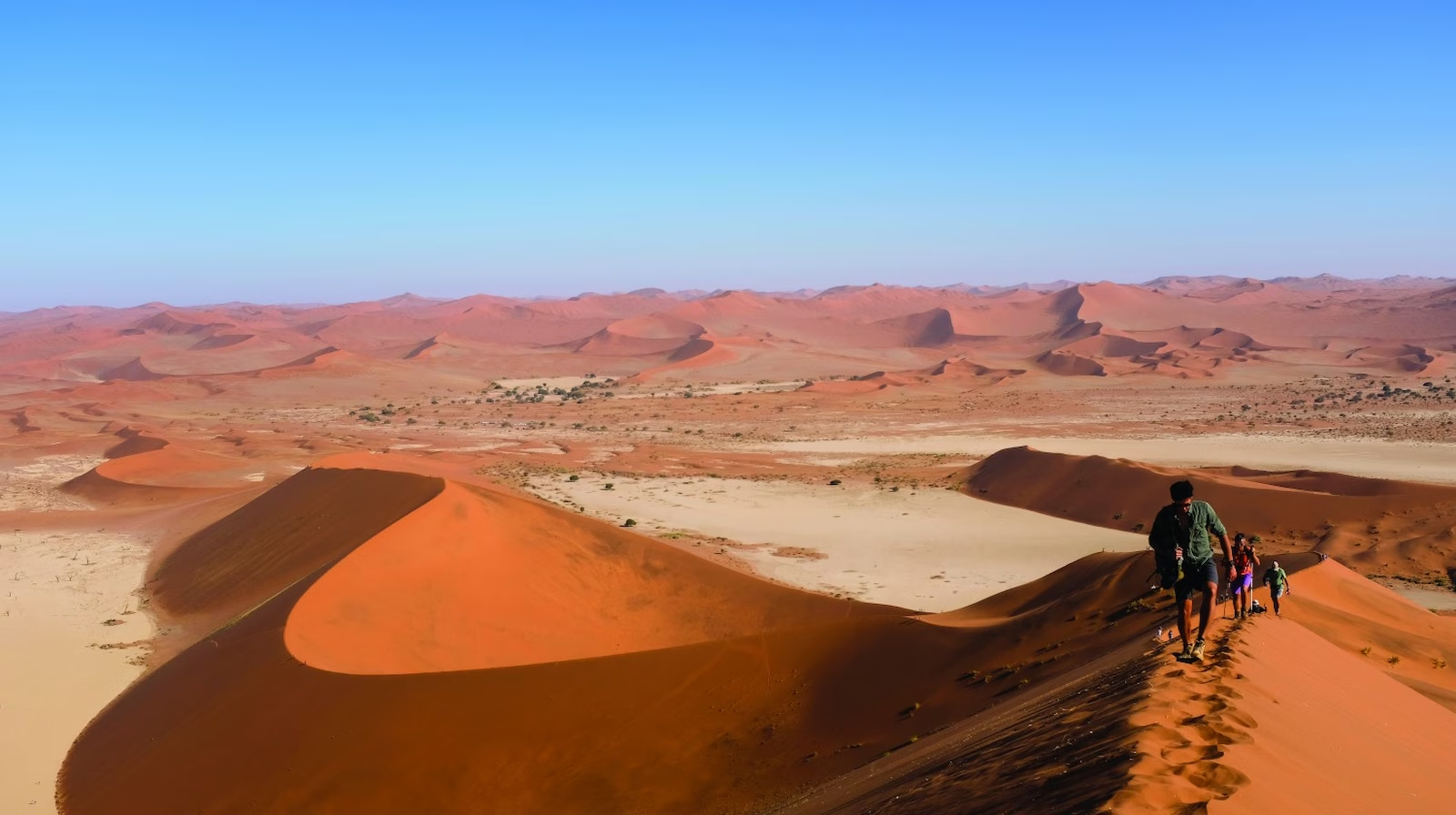
Deadvlei’s Skeleton Forest
- 900-year-old camel thorn trees preserved in clay.
- Surreal white pan contrasts with orange dunes.
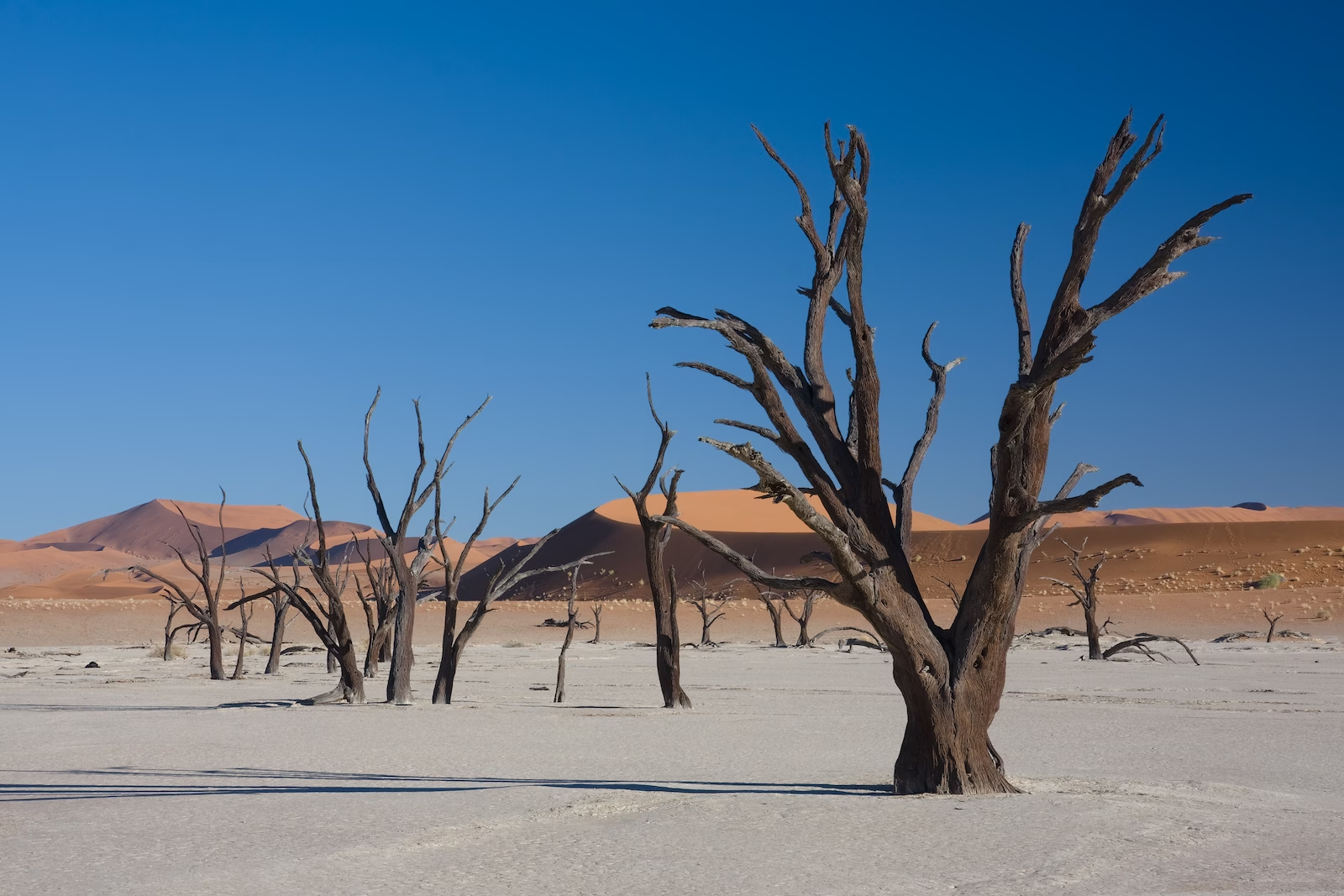
Epupa Falls Namibia: The Desert’s Hidden Oasis
Tucked away in Namibia’s remote northwest on the Angola border, Epupa Falls emerges as a startling contrast to the surrounding arid landscapes. Here, the mighty Kunene River thunders down a series of cascades, plunging 37 meters over rust-colored cliffs into a series of natural pools. The falls stretch nearly 500 meters wide during the wet season, creating a spectacular curtain of water that mists the air with rainbows.
This oasis offers unforgettable experiences including:
1. Swimming in Natural Rock Pools:
The falls create dozens of crystal-clear pools perfect for cooling off (but stay alert - Nile crocodiles occasionally frequent these waters). The safest swimming is in the smaller, shallower pools above the main falls.
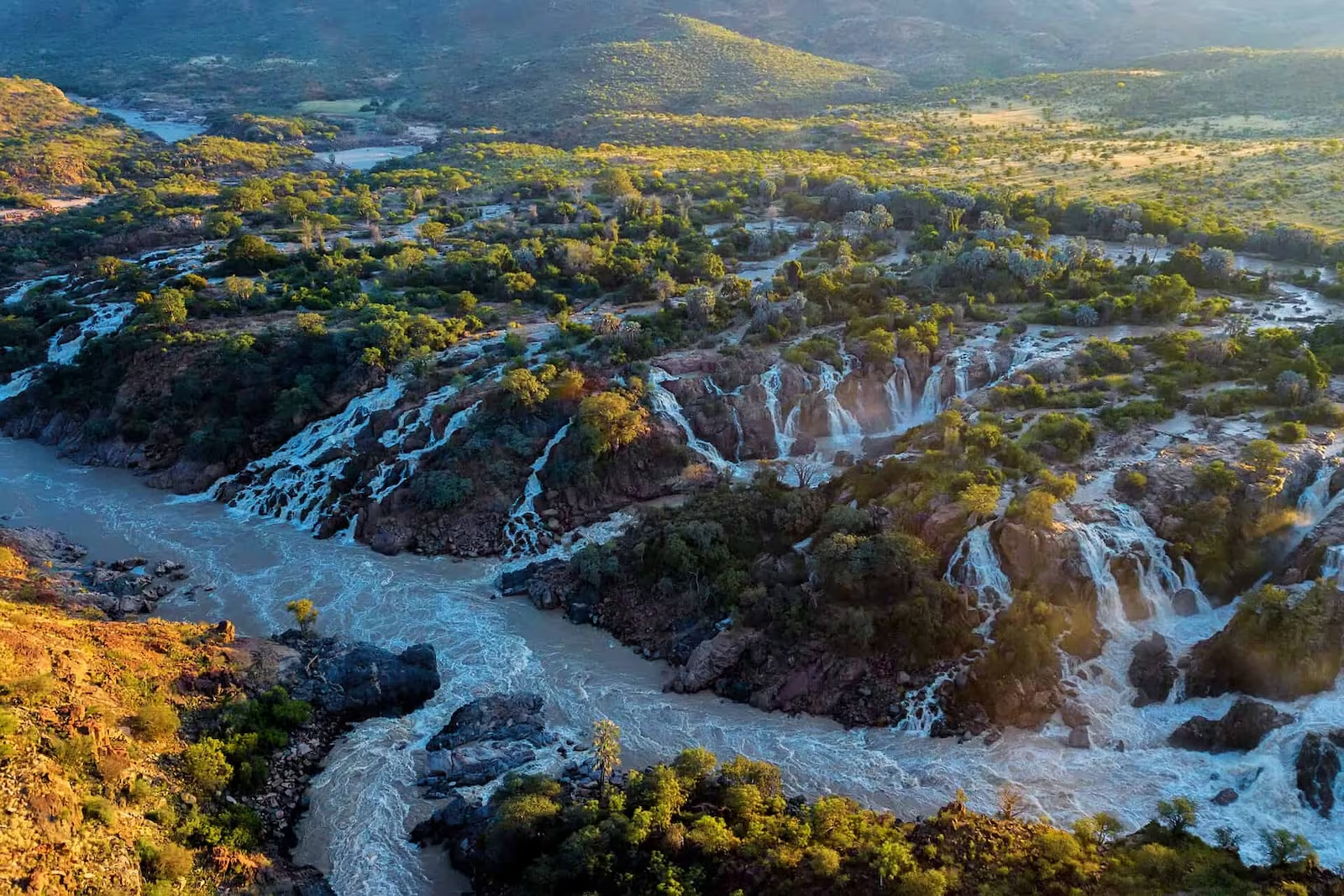
2. Cultural Encounters with the Himba:
The semi-nomadic Himba people maintain traditional villages near the falls. Visitors can arrange respectful tours to learn about their unique customs, including their otjize (a mixture of butterfat and ochre) body coverings and intricate hairstyles that denote social status.
.avif)
3. Riverside Camping Under Ancient Baobabs
Several campsites along the riverbank offer the chance to sleep beneath thousand-year-old baobab trees. At night, the sound of cascading water mixes with the calls of African fish eagles and the rustling of palm leaves.
Best Time to Visit: from March to May (after the rainy season), though swimming is safest from June to November when water levels are lower.
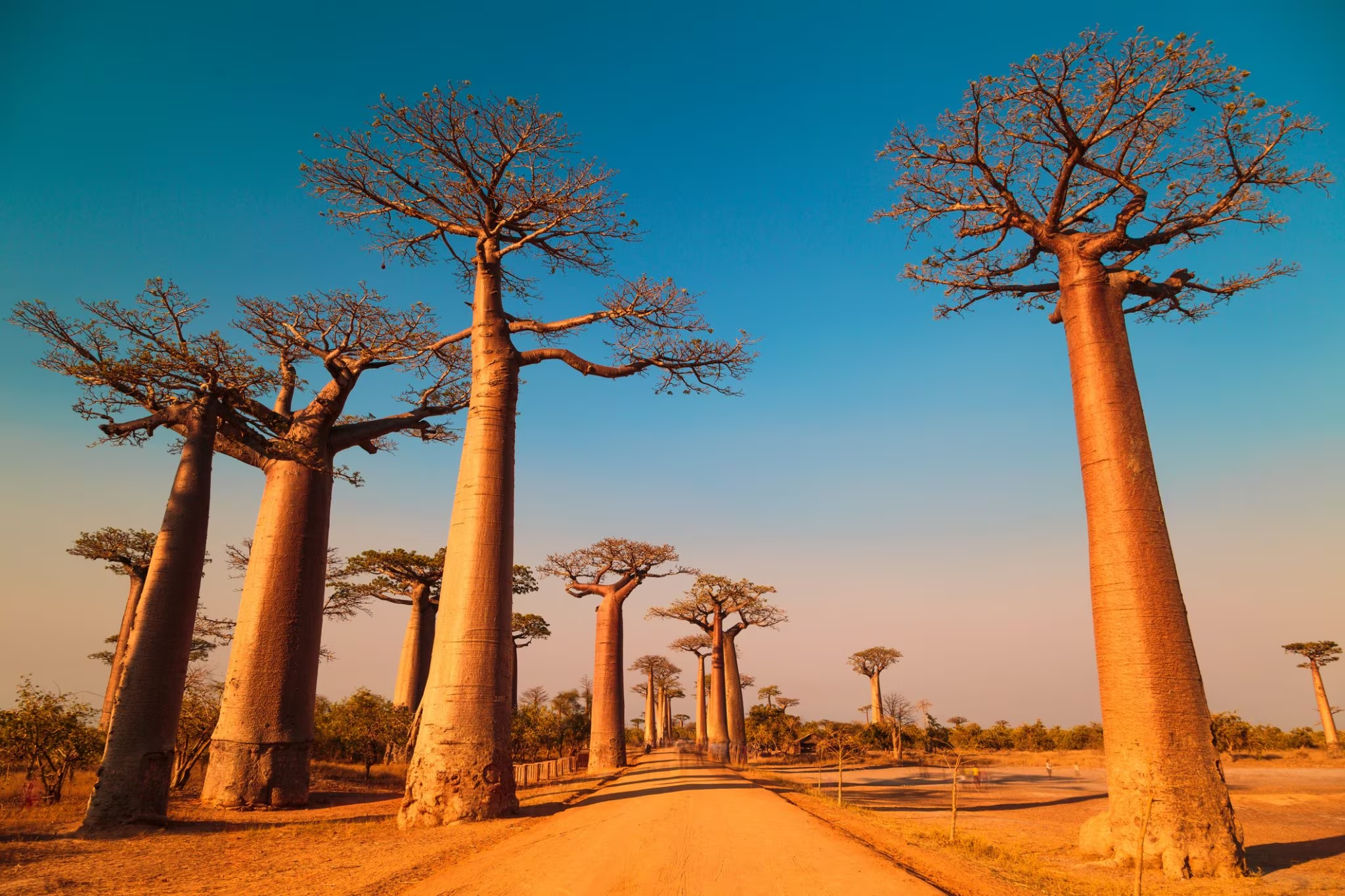
Kolmanskop Namibia: Ghost Town in the Desert
Frozen in time, the abandoned diamond mining town of Kolmanskop offers a haunting glimpse into Namibia's colonial-era boom and bust. Founded in 1908 during the diamond rush, this once-thriving German settlement boasted unheard-of luxuries in the Namib Desert - only to be completely abandoned by 1954 when richer diamond deposits were found further south.
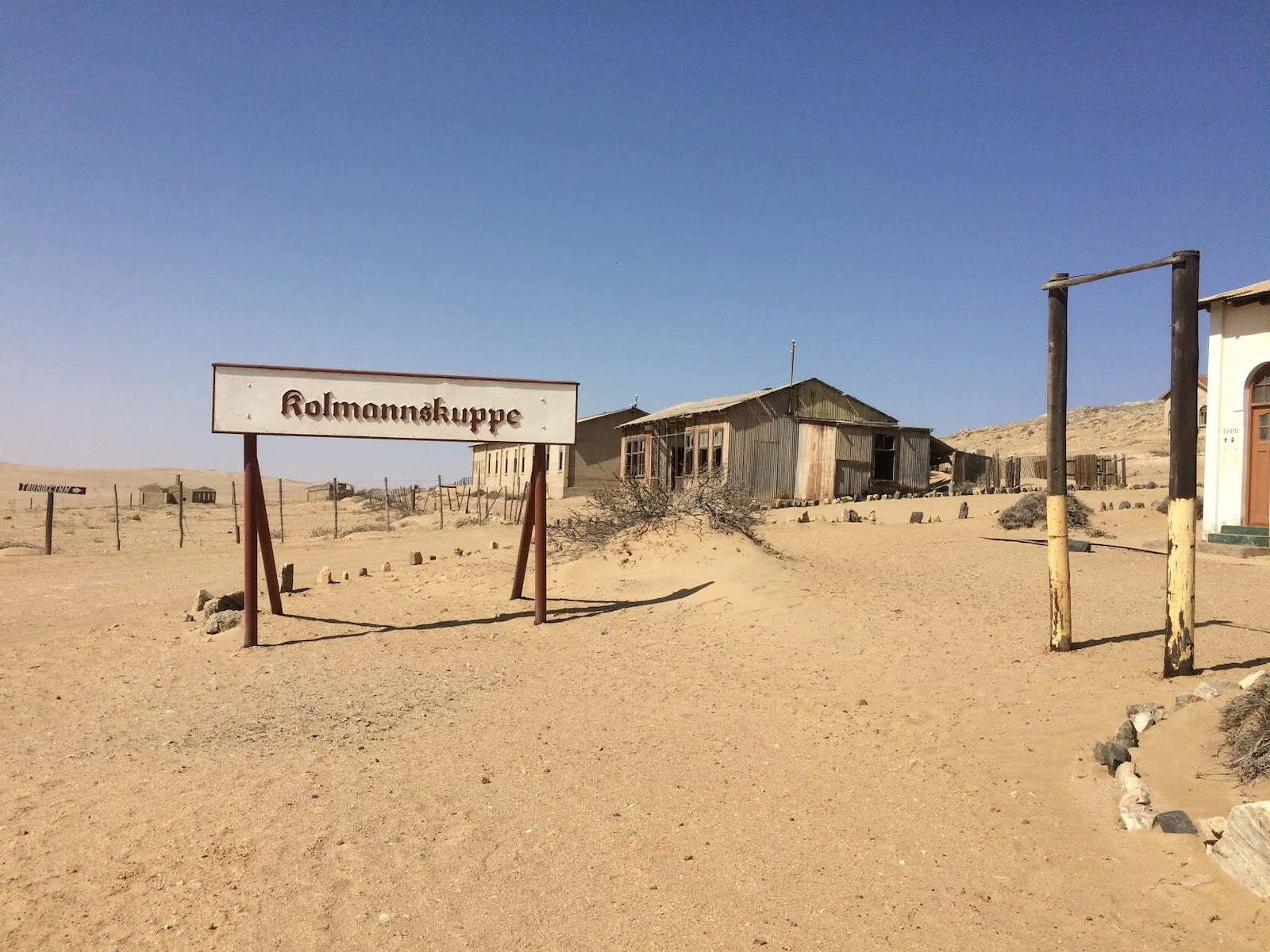
Must-See Structures:
- The Ballroom: Once the social heart of the town, this elegant space hosted orchestras and grand balls for German officers.
- X-ray Room: Perhaps the most telling remnant of the diamond fever that built this town. Miners were routinely scanned here after shifts, as some would swallow gems hoping to smuggle them out.
- Skittle Alley: The town's bowling alley, complete with original wooden lanes, shows how the German colonists recreated European leisure in the desert.
If you're looking for safaris while you're in Africa, check out our article on The Best Safari Locations!
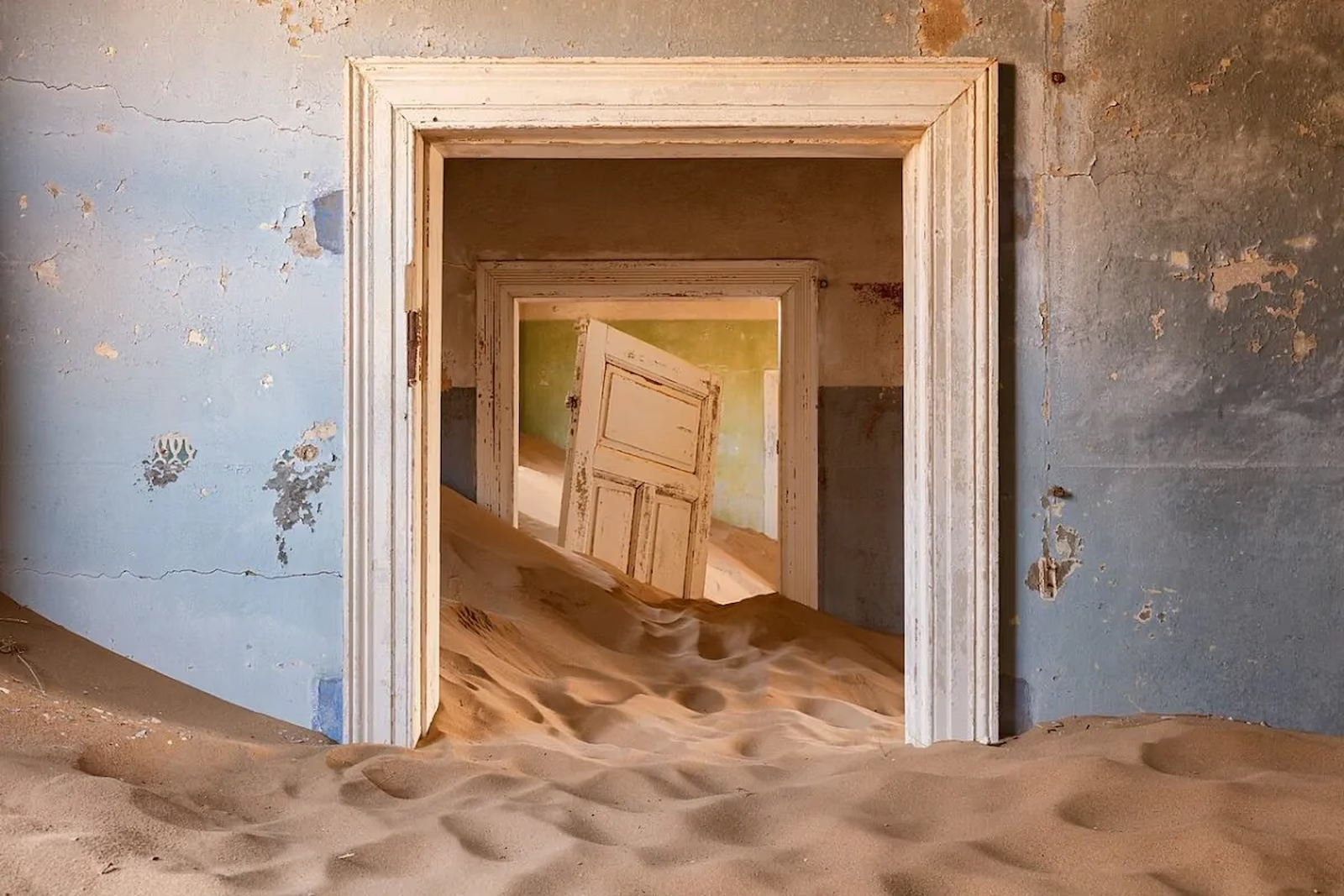

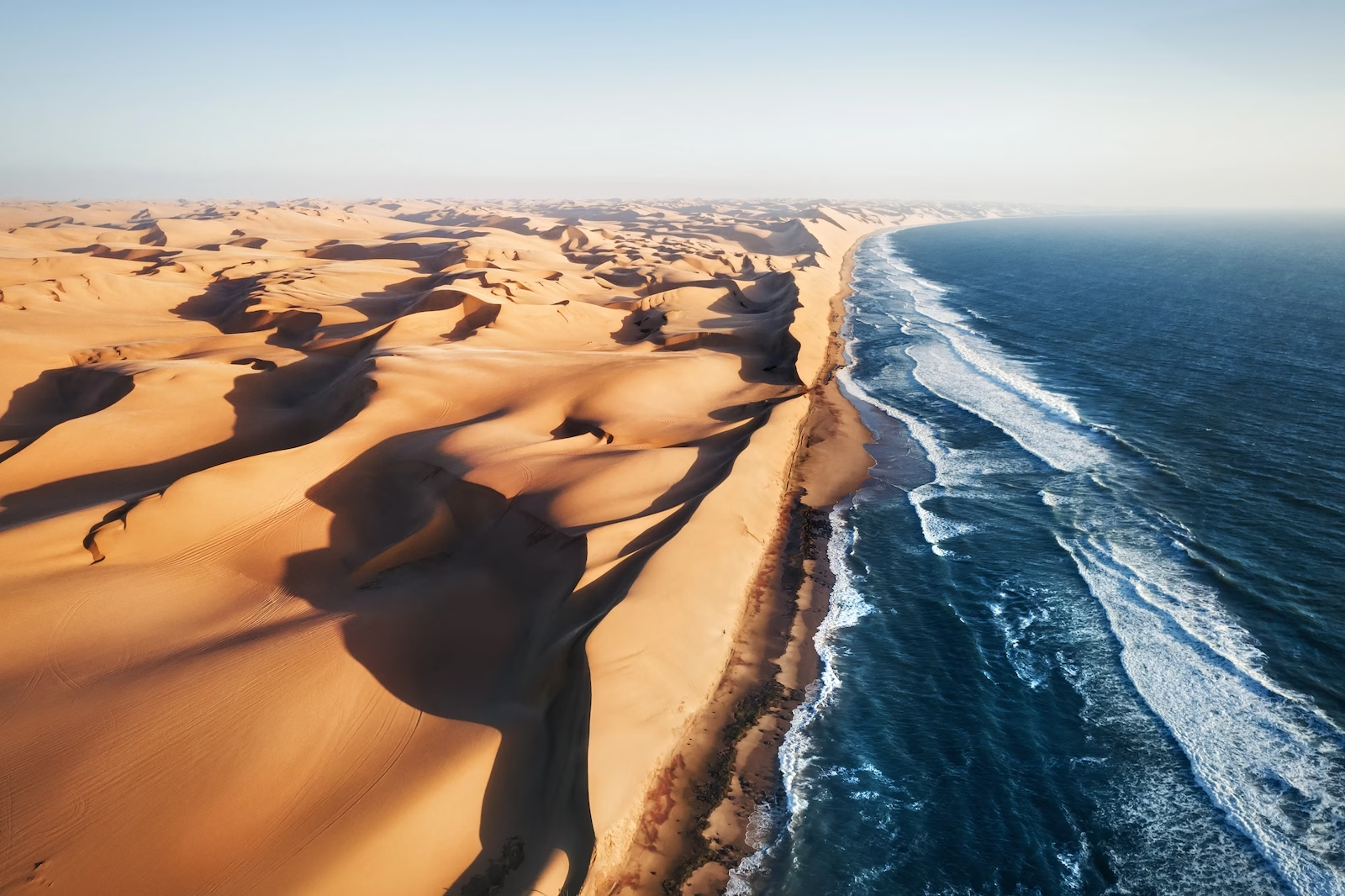





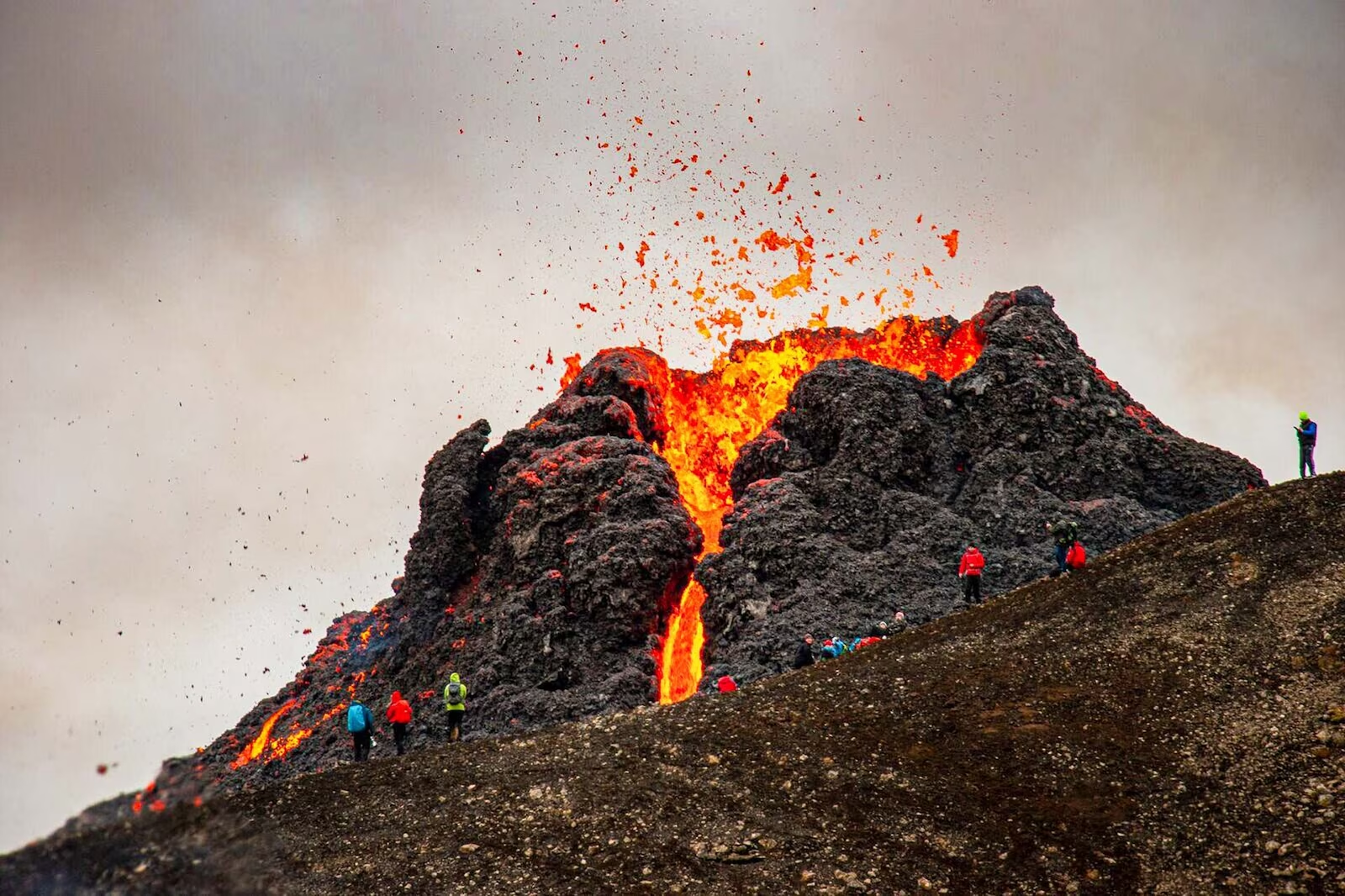




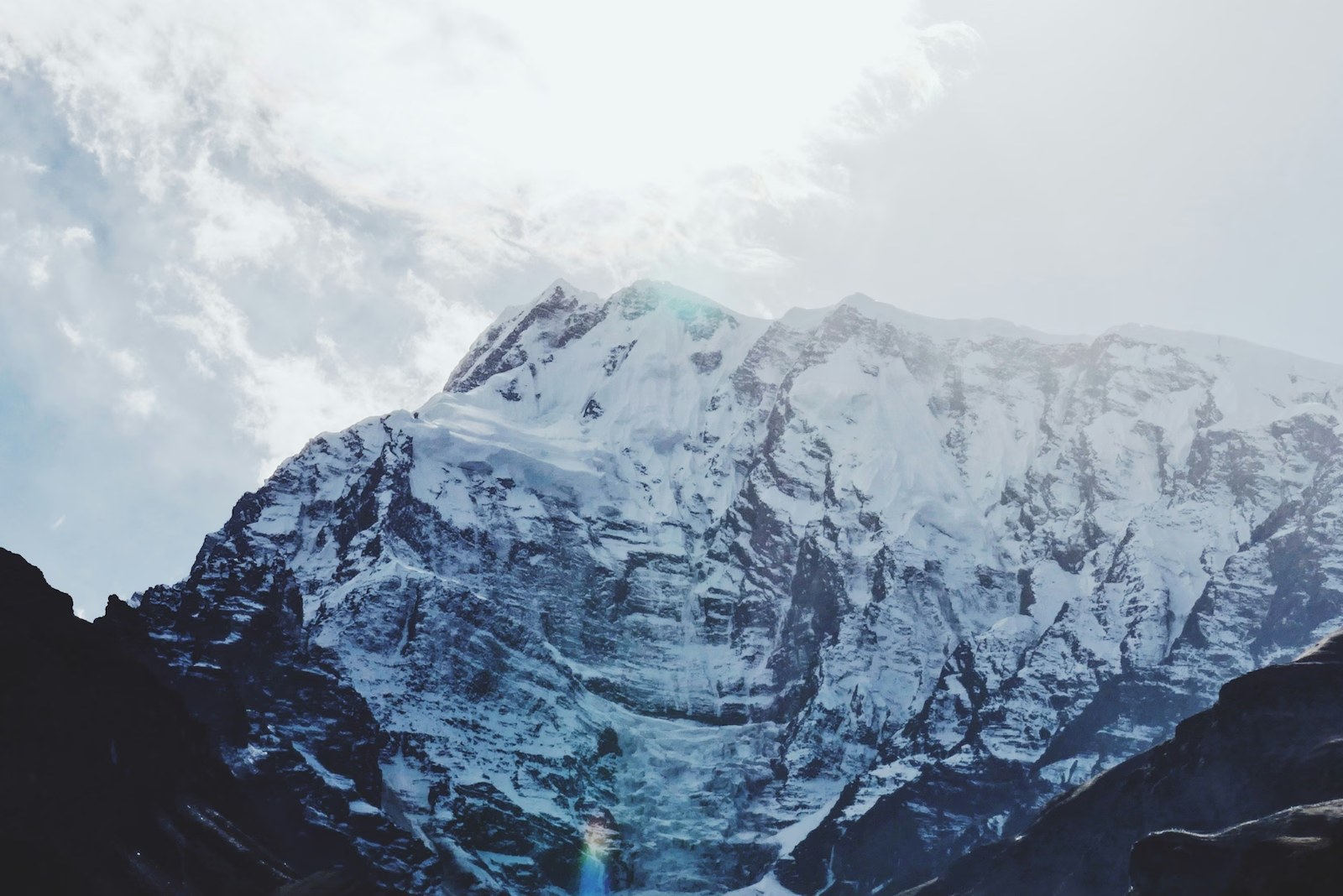
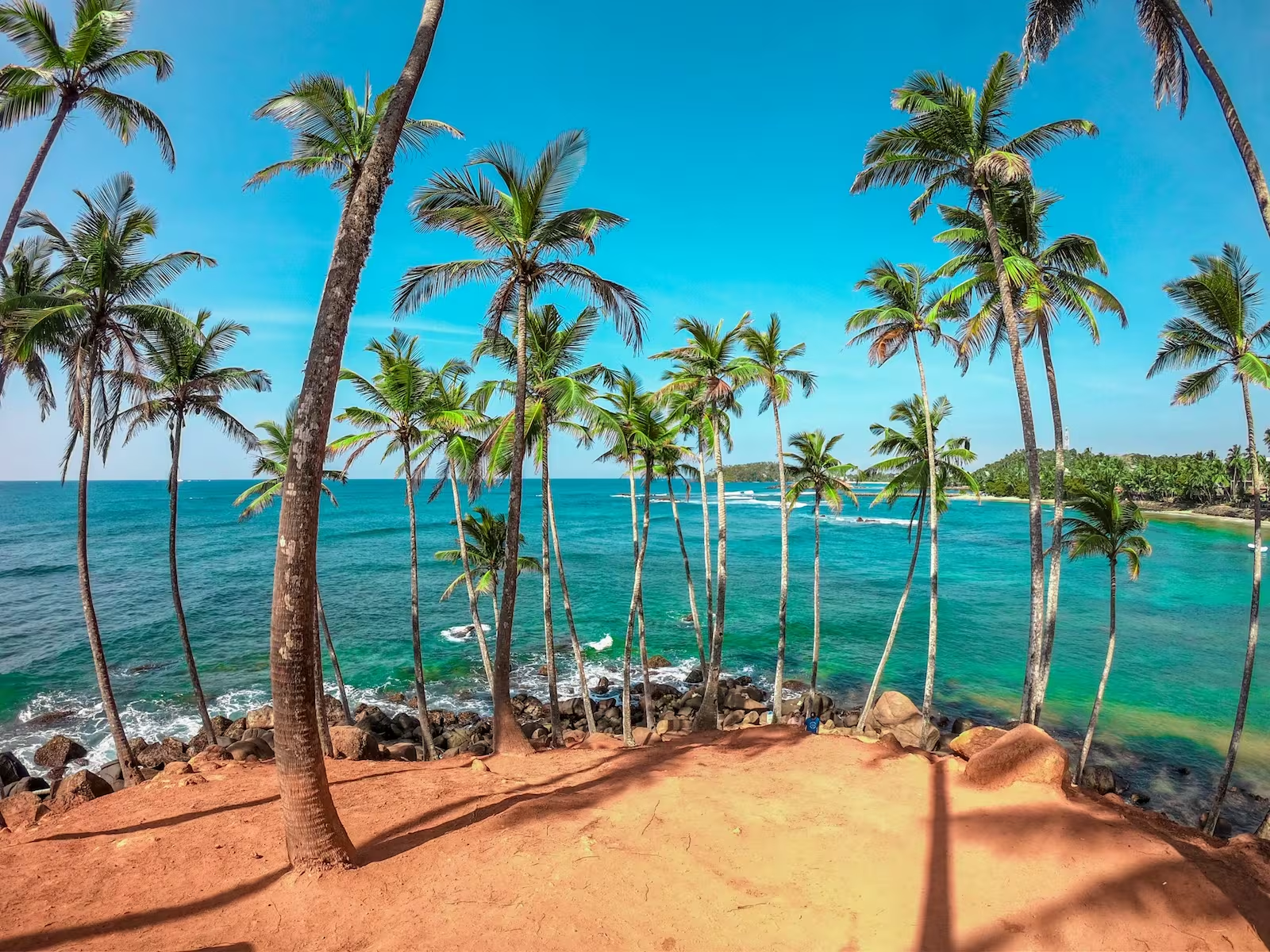
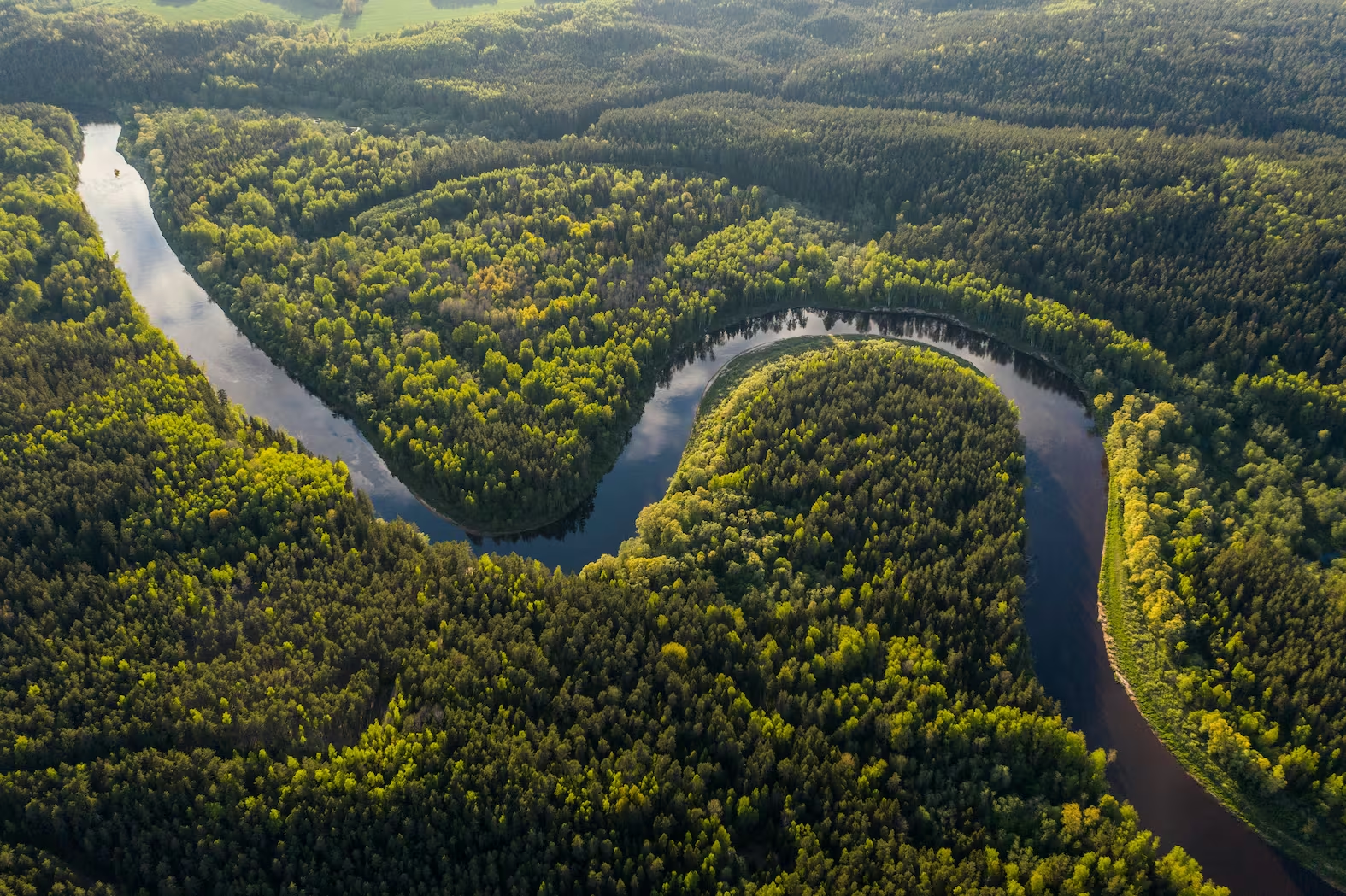
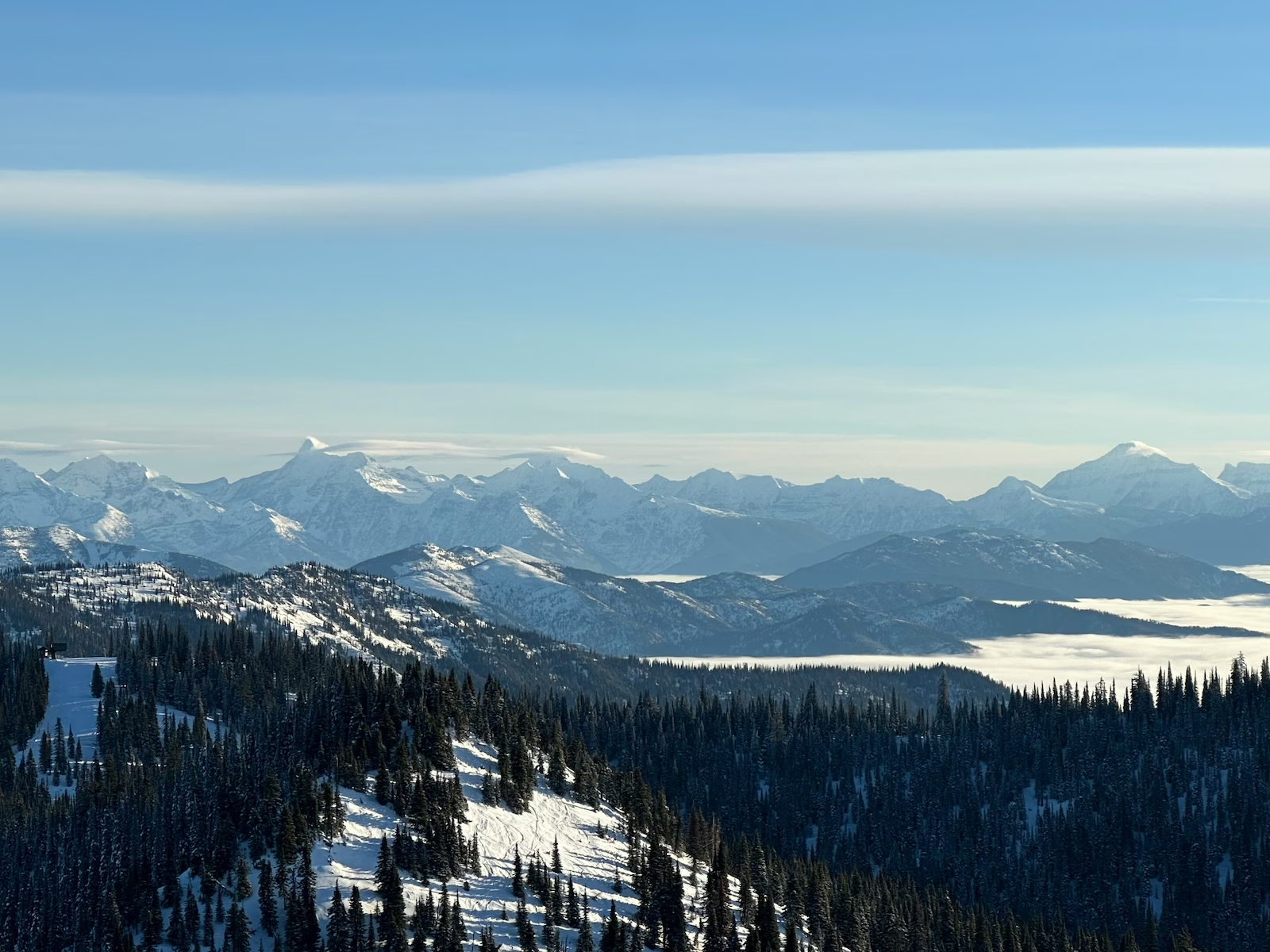
.jpg)
